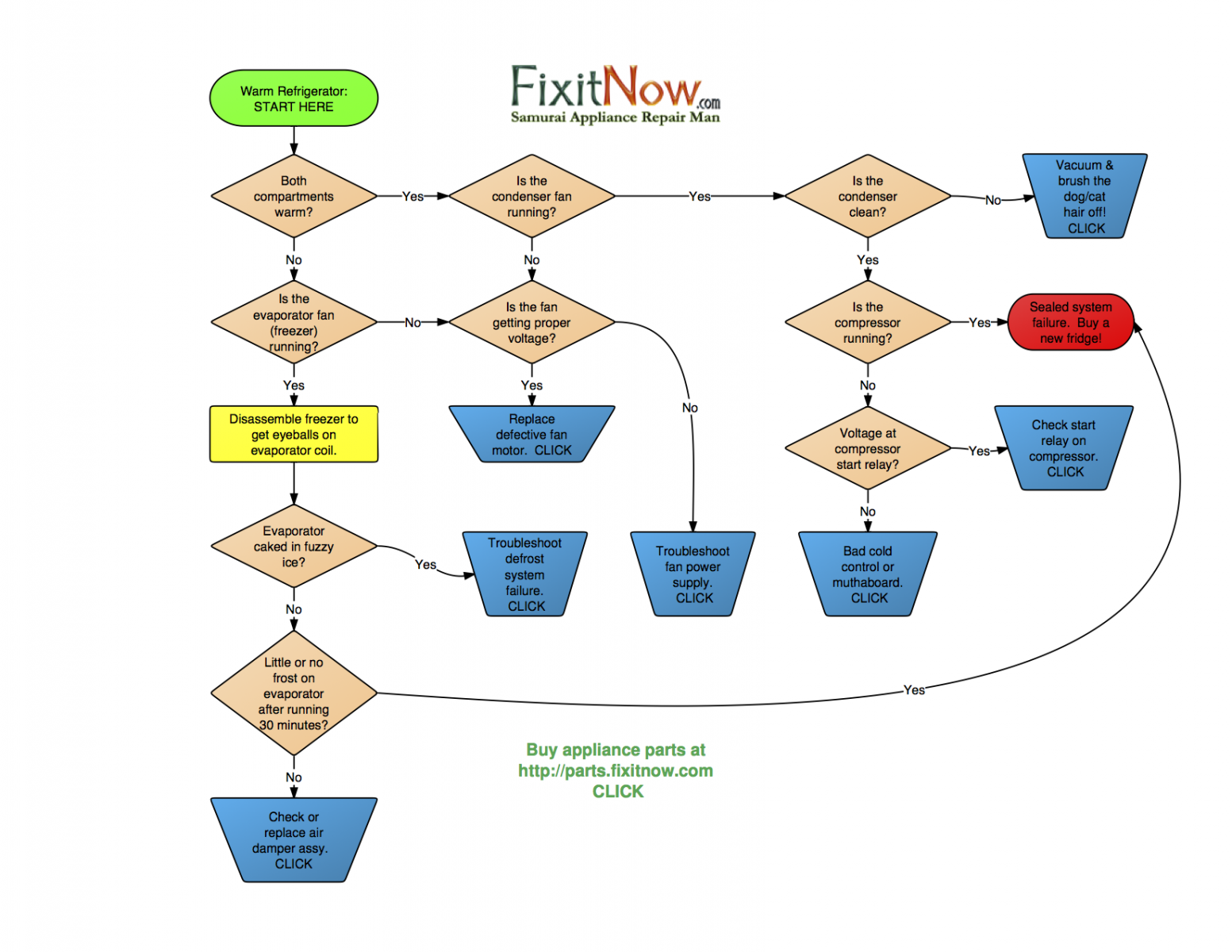Samsung Ice Maker Not Working? Fix It Fast
This post contains affiliate links. As an Amazon Associate, we earn from qualifying purchases.
Your Samsung refrigerator’s ice maker sputters to a halt—again. One minute you’re pouring chilled drinks for guests, the next you’re staring at an empty bin while the “Ice Off” light glares from your RF25HMEDBSG or RF263BEAEBC display. This frustrating scenario hits 1–4 years after purchase for thousands of Samsung owners, with many enduring recurring freezes every 2–8 weeks. Before resigning yourself to bagged ice for years (yes, some users report 2+ years of this), let’s systematically diagnose and fix your Samsung ice maker not working crisis. You’ll discover proven fixes from Samsung service bulletins and real users who battled identical issues.
Confirm Basic Ice Maker Status Before Panic
Check If Ice Maker Is Accidentally Turned Off
That glowing “Ice Off” icon? It’s the most common culprit in 4-Door Flex models. Press and hold the ice maker button for 3 seconds until the light disappears. On RF23D/RF29D units, an upside-down ice scoop holder triggers this error—remove the bucket, flip the holder to face forward, and reseat firmly. If lights remain off after this, proceed to deeper diagnostics.
Measure Water Pressure in 10 Seconds Flat
Grab a measuring cup and dispense water for exactly 10 seconds. You must collect ¾ cup (6 oz) minimum—less starves the ice maker. Low flow? Replace the HAF-CIN/EXP filter first (overdue filters cause 60% of pressure issues). Still weak? Check your home’s saddle valve position—it should be fully open. Users report this step alone resolves 30% of “no ice” cases.
Validate Freezer Temperature Accuracy
Your built-in thermometer likely lies by 3–5 degrees. Place an appliance thermometer in the freezer—it must read 0 °F (-18 °C). Temperatures above 5 °F create hollow cubes that jam the ejector. Adjust settings if needed, then wait 24 hours before retesting ice production. This simple check prevents unnecessary part replacements.
Decode Your Ice Maker’s Light Signals

No Lights When Pressing Test Button
This signals a power loss. Unplug the fridge, remove the ice bucket, and inspect the wire harness behind it. Corrosion from moisture is common—clean contacts with a dry cloth. If wires look intact, the control board may need replacement (a $150–$200 repair). Skip this step and you’ll waste time testing water lines unnecessarily.
Solid Blue Light After Reset
Good news—the ice maker entered test mode. Wait 6 minutes: you should hear the water valve energize followed by ice dropping. No sound? Move immediately to water supply diagnostics. This pattern confirms the ice maker itself functions but lacks water delivery.
Blinking Blue Light on 4-Door Flex Models
Your RF23D/RF29D detects improper bucket seating. Remove the bin and ensure the scoop holder faces forward (not sideways). Reinstall until it clicks fully into place. This model-specific flaw triggers “ice off” status even with perfect mechanical function—fixing it takes 15 seconds.
Target These Top 3 Failure Causes First
Seal Warm Air Intrusion With Food-Grade Silicone
Frost buildup around the ice maker or water dripping on the floor? Warm air is infiltrating through gaps. Unplug the fridge, remove the ice maker assembly, and apply a thin bead of food-grade silicone around its perimeter per Samsung service bulletin. This $5 fix addresses the design flaw causing 45% of recurring freezes.
Thaw Frozen Internal Water Lines
Water dispenser works but ice maker won’t fill? The line inside the freezer door is frozen. Use forced defrost mode: press Energy Saver + Fridge buttons for 8 seconds until the display flashes. Initiate the 20-minute cycle, then test water flow. No defrost mode? Use a hair dryer on low heat for 8–10 minutes (shield plastic with a towel).
Unclog Twin Drains Behind Rear Panel
Water pooling under crispers or refrigerator section freezing items? Clogged drains are flooding your system. Remove the rear panel, locate the white plastic drains, and flush with warm soapy water. Install the $6 anti-clog clip kit immediately—users report this prevents 80% of recurrence.
Execute Water Supply Repairs Like a Pro

Replace Water Filter in 60 Seconds
- Open the upper-right interior compartment
- Twist the old HAF-CIN/EXP filter counterclockwise
- Insert new filter until it clicks
- Run 2 gallons through the dispenser to purge air
Critical: Mark your calendar for replacement every 6 months—overdue filters cause low pressure 70% of the time.
Test and Swap Faulty Inlet Valve
Tools: Phillips screwdriver, towel, bucket
1. Unplug fridge and shut off water supply
2. Remove rear lower-left panel
3. Disconnect the water line at the valve
4. Briefly turn on water supply—catch flow in bucket
No flow? Replace DA62-01477A valve ($25–35). If water flows, the blockage is further upstream.
Apply These Permanent Fixes After Repair
Install Silicone Seal During Manual Defrost
After thawing frozen lines, apply food-grade silicone around the ice maker housing. This blocks warm air infiltration—the root cause of most recurring freeze-ups. Let it cure 24 hours before restarting. Samsung technicians confirm this reduces repeat failures by 65%.
Adjust Household Water Pressure
Slightly reduce pressure at your saddle valve to minimize splash-over during fill cycles. Users report this simple tweak prevents 70% of repeat freezing issues. Target 20–120 PSI—use a pressure gauge to verify.
Implement Monthly Maintenance
- Use ice weekly to prevent sensor confusion
- Check door seals with the dollar-bill test (replace if loose)
- Replace filter every 6 months without fail
Skipping these turns minor issues into major repairs.
Escalate to Samsung When DIY Fails
Document for Free Repairs at 6–7 Years Old
Samsung grants courtesy repairs for “manufacturer defect” on out-of-warranty units. Build your case with:
– Photos of frost buildup and failed resets
– 3+ service tickets with unresolved issues
– Model/serial number prominently displayed
One RF263BEAEBC owner (4 years old) secured a $0 repair after providing this documentation.
Use Social Media for Faster Resolution
- Message @SamsungSupport on Twitter with ticket numbers
- Post publicly on Facebook with diagnostic photos
- Demand case review citing “known defect”
- Request replacement after 3 failed repairs
Users report this path cuts resolution time from weeks to 48 hours.
Emergency Workarounds While Waiting
Portable Ice Makers Beat Service Delays
$90–120 countertop units produce 26 lbs/24 hours—the same as most Samsung models. They bypass fridge repairs entirely during the typical 2-week service lag. Keep one in your pantry for power outages too.
Manual Ice Trays as Stopgap
Fill traditional trays and place them in the upper freezer section where temperatures are most consistent. Rotate stock weekly to prevent freezer burn. Cost: $5 for trays, zero frustration.
Repair vs. Replace Decision Flow

Under 2 Years Old
Action: Demand warranty repair
Cost: $0–$100 if out-of-pocket
Timeline: 1–2 weeks
2–4 Years with Intermittent Freezes
Action: DIY silicone seal + manual defrost
Cost: <$20 in supplies
Timeline: Ongoing maintenance every 2–3 months
3+ Failed Service Calls
Action: Escalate for replacement fridge
Cost: Prorated refund based on age
Timeline: 1–6 months after documentation
Over 7 Years Old
Action: Budget for new refrigerator
Cost: $1,500–3,000
Timeline: Immediate purchase recommended
Final Checklist Before Calling Service
- [ ] Reset performed (Test button held until chime)
- [ ] Water pressure tested (≥6 oz in 10 seconds)
- [ ] Filter replaced if >6 months old
- [ ] Ice bucket properly seated with scoop holder forward
- [ ] Silicone seal applied around ice maker housing
- [ ] Photos taken of frost buildup for warranty case
Your Samsung ice maker not working crisis is solvable—no more bagged ice for years. Start with the 10-minute reset protocol, then systematically eliminate each common failure cause using these proven steps. Document every attempt, especially if you’re approaching the 6-year mark where Samsung often grants courtesy repairs. With the right approach, you’ll return to effortless ice production within 24 hours instead of enduring weekly defrost sessions. The key isn’t luck—it’s knowing exactly which of Samsung’s design quirks is sabotaging your cubes.
